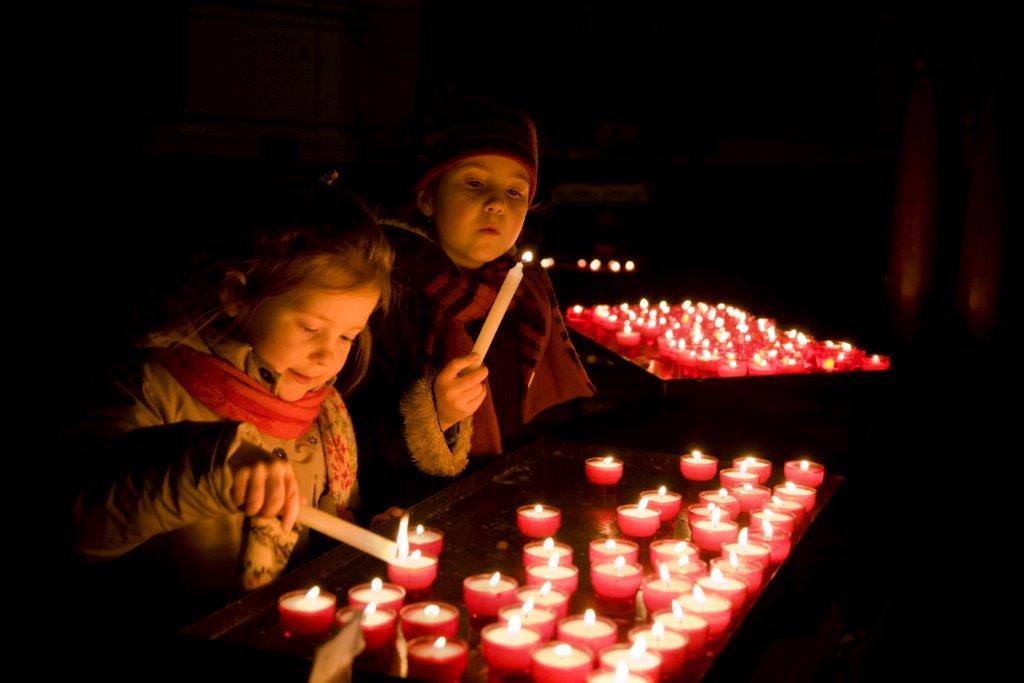Castlerigg is perhaps the most atmospheric and dramatically sited of all British stone circles, with panoramic views and the mountains of Helvellyn and High Seat as a backdrop.
It is also among the earliest British circles, raised in about 3000 BC during the Neolithic period.




